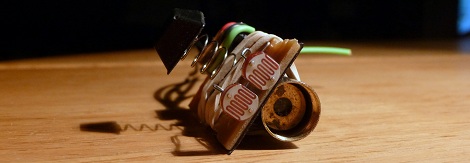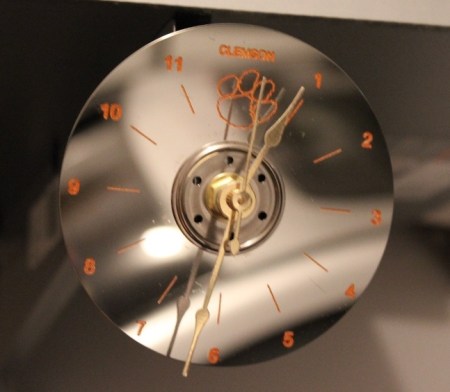

In case you were asleep at the wheel, here are our top stories of the week.
Our most popular post was one that shows you how to make your own ‘personal assistant’ using Wolfram Alpha, text to speech software, and the phone network. It still won’t get your coffee though. You’ll just have to do that yourself.
Coming in at second place was a post about how to use your Android camera phone as a Geiger counter. Of course, this hack will work with any device that uses a CMOS sensor to do its imaging but they have gone and wrapped it up into a nice app.
Do you have access to a laser cutter and a burning desire (pun intended) to make gears? In this post Alex makes some acrylic gears using an Epilog laser cutter.
When is our government going to get it through their heads that we don’t want the internet to be controlled by a small group of corporations? Probably when the lobbyists stop giving them money by the boat load to do just that… It seems like several times a year a bill comes through that would severely restrict the internet or would at least allow someone to shut down a website without any sort of due process. Luckily, groups like the EFF are paying attention and are well organized for getting the word out there. This post was our stand against the current bills that threaten our internet freedom.
Finally, on a lighter note, we have a post about how to do ultrasonic welding on the cheap using a ‘heat staker’ and a small drill press.















